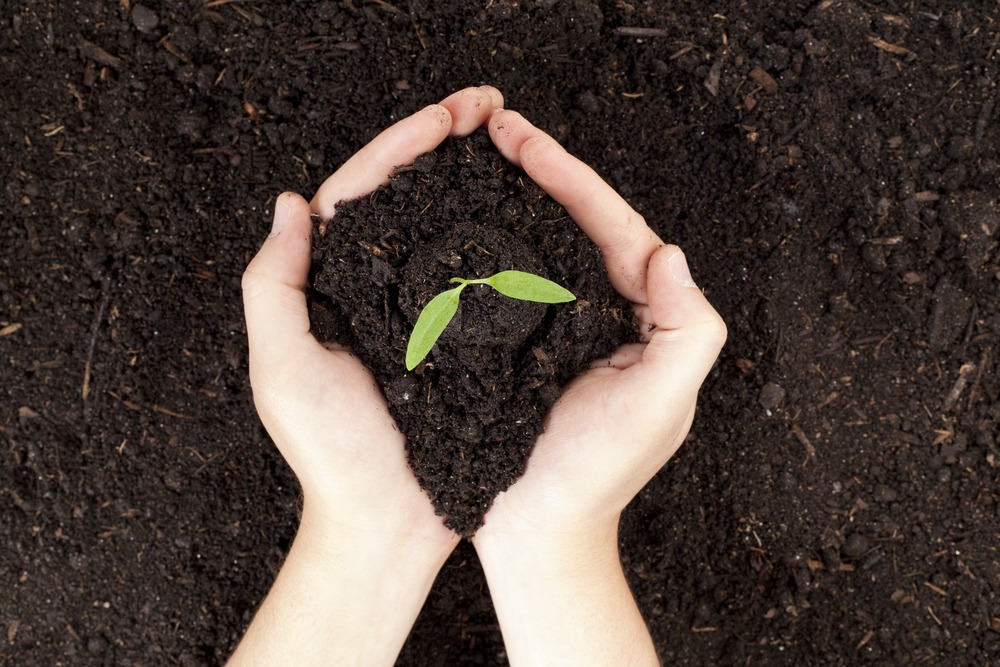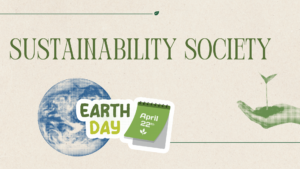In Birmingham about 342,872 tonnes of rubbish, 69% of all waste, ended up in specialist Energy-from-Waste (EfW) power plants as fuel to generate heat and electricity. There is evidence that this process increases levels of air pollution. Waste to energy is an improvement on landfilling, but we can all do a little more to reduce the waste we generate in the first place.
An easy win, that gardeners of all description will reap the benefits of, is composting. We all generate some amount of food waste, even if we are incredibly judicious of what we purchase. The nutrients locked up in onion peels, carrot ends and pea pods are vital for plant growth and can be returned to the soil if we compost these products. Composting can divert about a third of your waste from your bin and will in turn improve your soil so you don’t need to add fertilisers and will introduce beneficial organisms to your soil.
Carbon-rich matter (like branches, stems, dried leaves, peels, bits of wood, bark dust or sawdust pellets, shredded brown paper bags, corn stalks, coffee filters, coffee grounds, conifer needles, egg shells, straw, peat moss, wood ash) gives compost its light, fluffy body. Nitrogen or protein-rich matter (manures, food scraps, green lawn clippings, kitchen waste, and green leaves) are excellent additions too. You can compost most things but it will widely depend on the type of composter you are using. Specifically designed composters allow meat, bones, or fish scraps to be added but a compost pile won’t be suitable for this (as these will attract pests).
Getting started:
- Start your compost pile on bare earth. This allows worms and other beneficial organisms to aerate the compost.
- Lay twigs or straw first, a few inches deep. This aids drainage and helps aerate the pile.
- Add compost materials in layers, alternating moist and dry. Moist ingredients are food scraps, tea bags, seaweed, etc. Dry materials are straw, leaves, sawdust pellets and ash.
- Add manure from pets (but not if you want to use this on food crops), green manure (clover, buckwheat, wheatgrass, grass clippings) or any nitrogen source.
- Keep compost moist, but not soaking wet. Water occasionally, or let rain do the job.
- Cover with anything you have – wood, plastic sheeting, carpet scraps. Covering helps retain moisture and heat, two essentials for compost. Covering also prevents the compost from being over-watered by rain. The compost should be moist, but not soaked and sodden.
- Every few weeks give the pile a quick turn with a pitchfork or shovel. This aerates the pile. Oxygen is required for the process to work, and turning “adds” oxygen. You can skip this step if you have a ready supply of coarse material like straw. Once you’ve established your compost pile, add new materials by mixing them in, rather than by adding them in layers. Mixing or turning the compost pile is key to aerating the composting materials and speeding the process to completion.
There are many space friendly versions of compost piles which you can use in more urban areas. These compost bins, especially those with a tumbler, make the job of managing a compost pile very manageable. You can even make a DIY compost bin from a heavy-duty garbage can. Simply drill 1.5-cm aeration holes in rows at roughly 15-cm intervals around the can. Fill the can with a mixture of high-carbon and high-nitrogen materials. Stir the contents occasionally to avoid anaerobic pockets and to speed up the composting process. Pallets are also very useful in enclosing a compost heap, practically for free.












